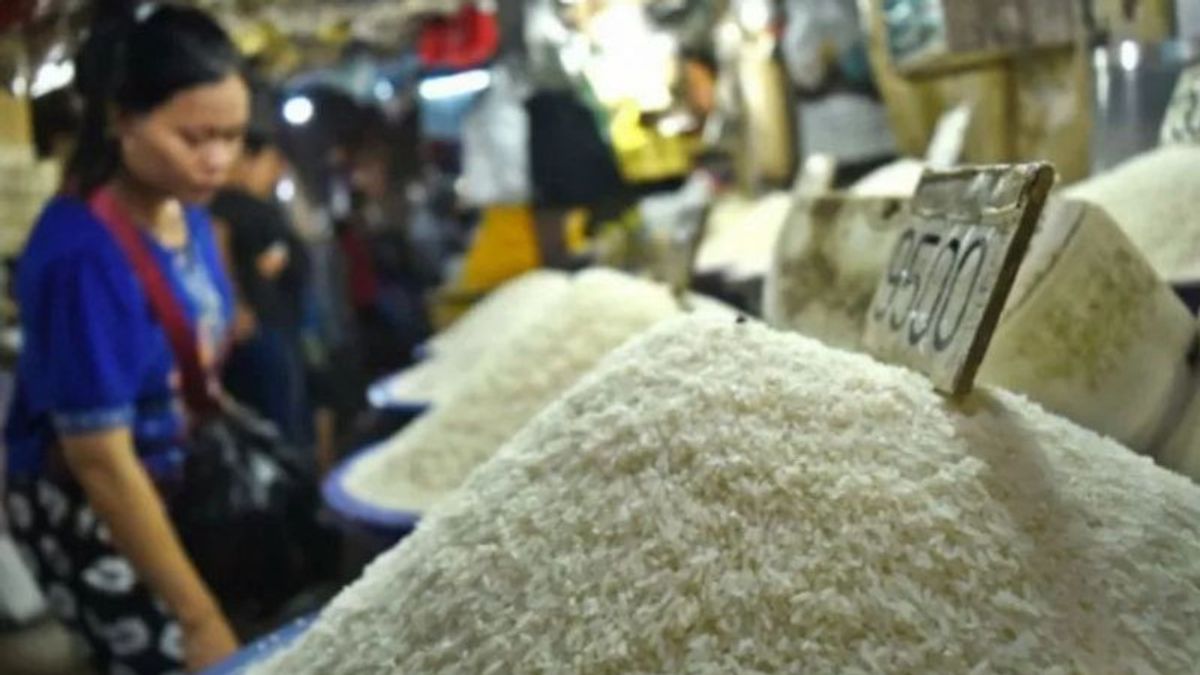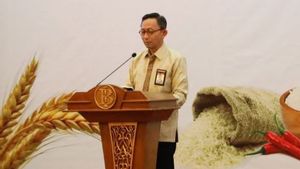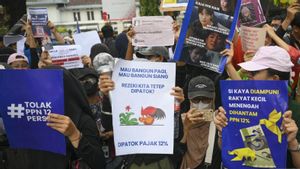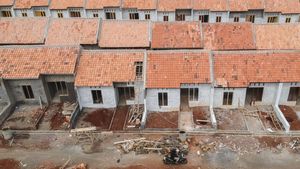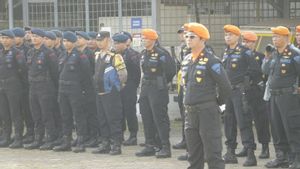YOGYAKARTA - The Business Competition Supervisory Commission (KPPU) of the Special Region of Yogyakarta explores the cause of the high price of rice in this province by intensifying monitoring at the upstream to downstream levels.
"Regular monitoring every week. We go down in traditional markets and modern retail. We continue to monitor price movements," said Head of the DIY KPPU Study and Advocacy Division, Sinta Hapsari, quoted from ANTARA, Monday, March 4.
According to Sinta, monitoring in the field is intensified to determine whether or not there is merchant behavior that violates Law No. 5 of 1999 concerning the Prohibition of Monopoly Practices and Unhealthy Business Competition.
Based on the results of temporary monitoring, he said that the KPPU DIY had not found any practice of violating the regulation.
"So far there has been no (unhealthy business competition). We have also spoken with the rice milling association as well," he said.
The study of the high price of rice in DIY, admitted Sinta, is not only focused on the behavior of traders, but also on the availability of rice in the field which is not much different from the national conditions.
According to Sinta, the soaring price of rice was influenced by the continued widespread conversion of agricultural land, high fertilizer prices, climate problems, and reduced human resources for farmers, which resulted in declining rice production.
"Meanwhile, our demand continues to increase. From the national picture alone, we are quite large between rice production and our consumption. Meanwhile, our eating culture, if we don't eat rice, is not full," he said.
In addition, the price of milled dry unhulled rice (GKG) at the farmer level which touched Rp. 9,000 per kg, also made the increase in rice prices, both premium and medium, inevitable to exceed the highest retail price (HET).
Based on a KPPU DIY study, the actual increase in rice prices has occurred since 2021 with an increasing frequency.
He hopes that the rice harvest period in DIY, which is estimated to be able to reduce rice production costs in April-May 2024.
Previously, the DIY Agriculture and Food Security Service (DPKP) stated that the potential for a rice harvest in April-May 2024 in this area reached 303,542 tons of milled dry unhulled rice (GKG), so that it is expected to meet people's food needs and reduce rice prices in the market.
SEE ALSO:
Head of DPKP DPKP DIY, Andi Nawa Candra, said that the rice planting period in DIY, which according to its cycle fell in October-December 2023, had to withdraw because it only rained in January 2024 due to the El Nino phenomenon.
Thus, if accumulated, the potential for rice production in DIY from January to May 2024 is estimated to reach a total of 389,001 tons of GKG or the equivalent of 245,849 tons of rice with a harvest area of 68,121 hectares of rice fields.
The English, Chinese, Japanese, Arabic, and French versions are automatically generated by the AI. So there may still be inaccuracies in translating, please always see Indonesian as our main language. (system supported by DigitalSiber.id)
